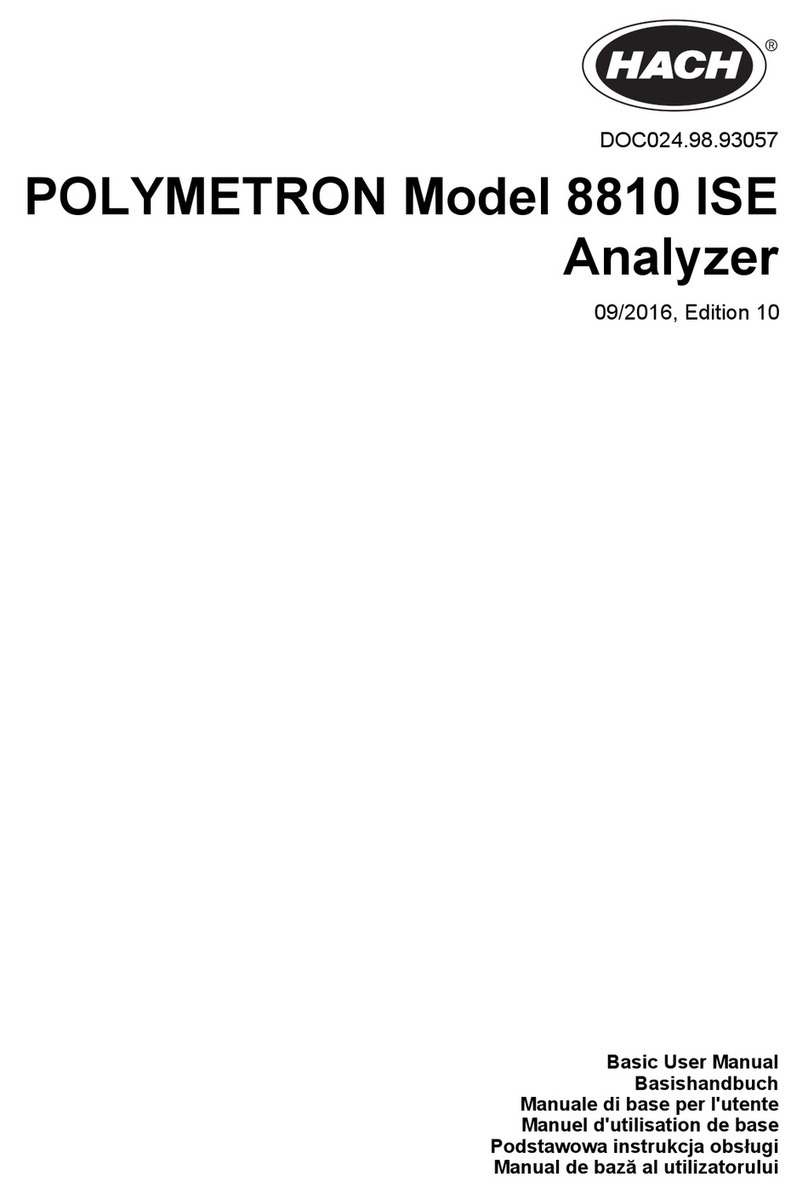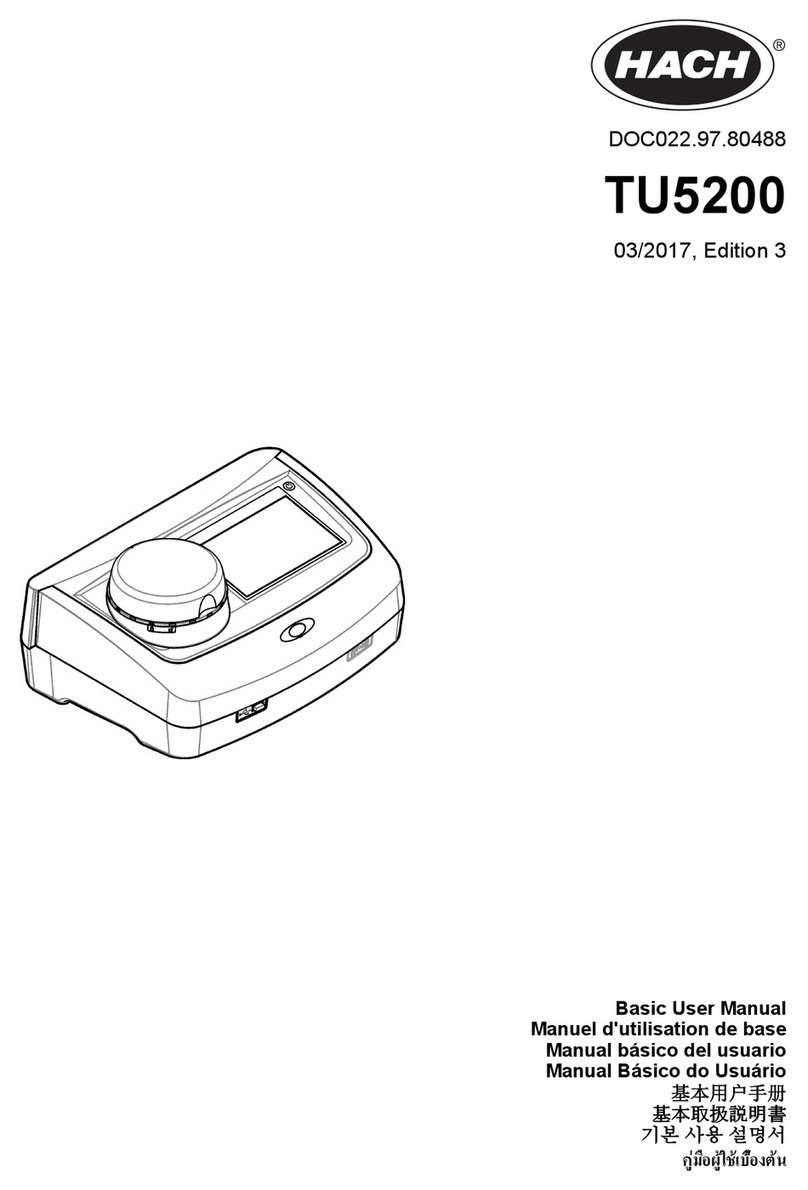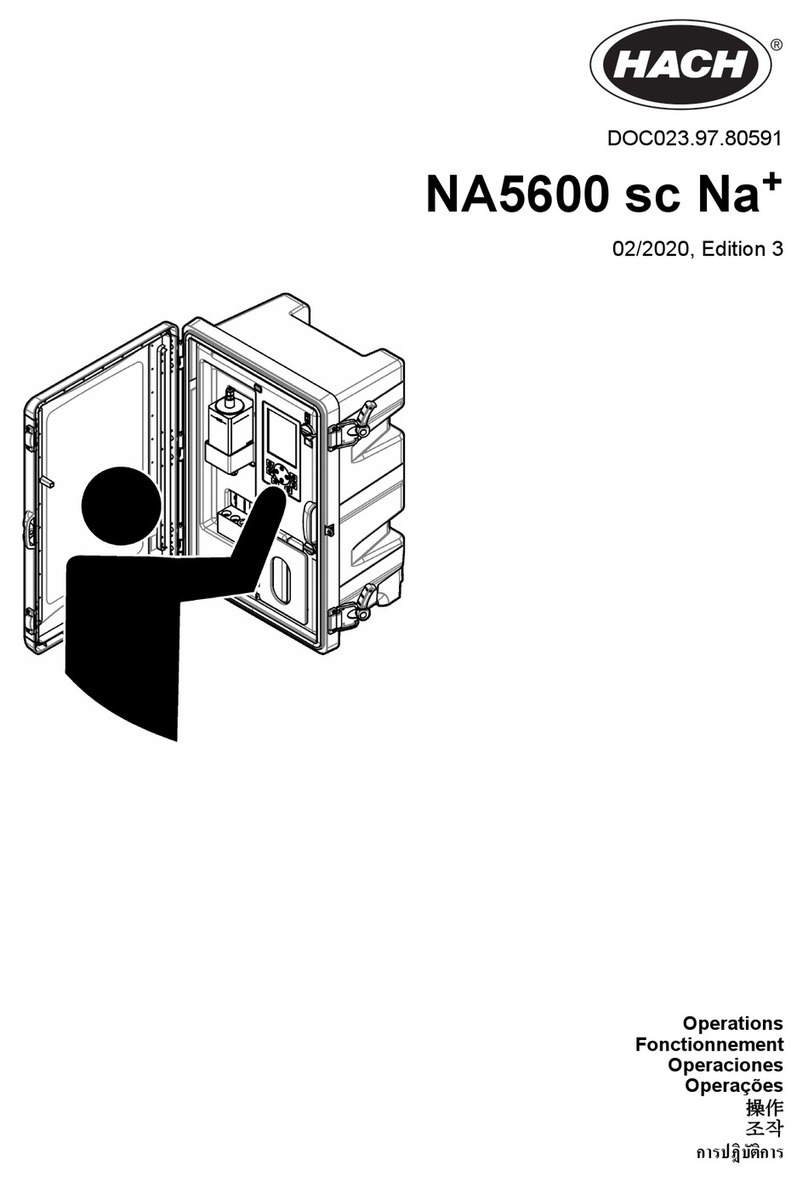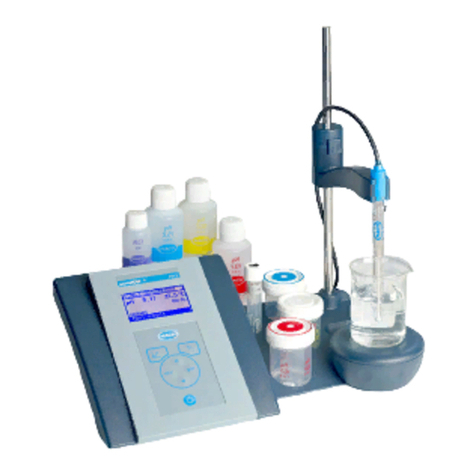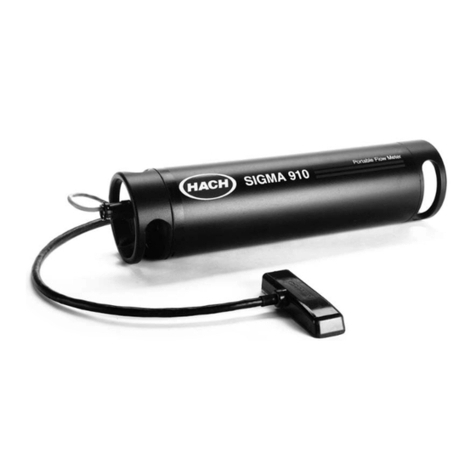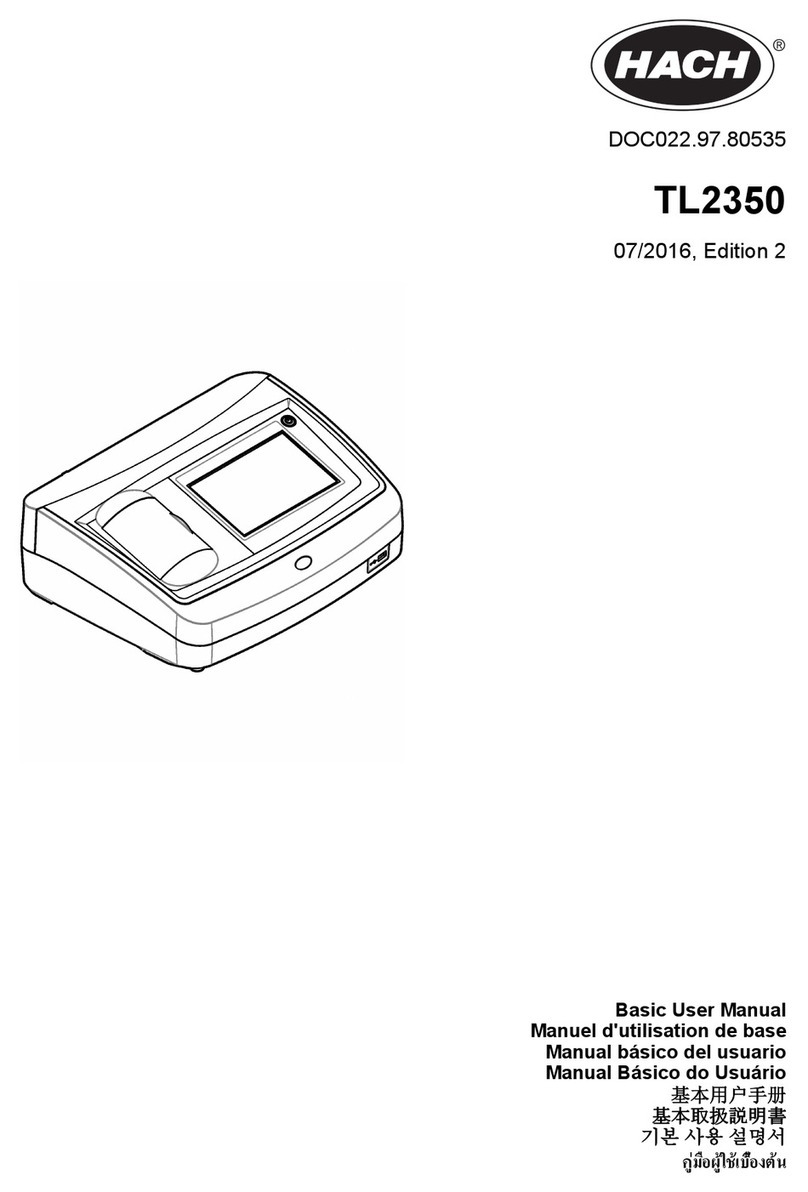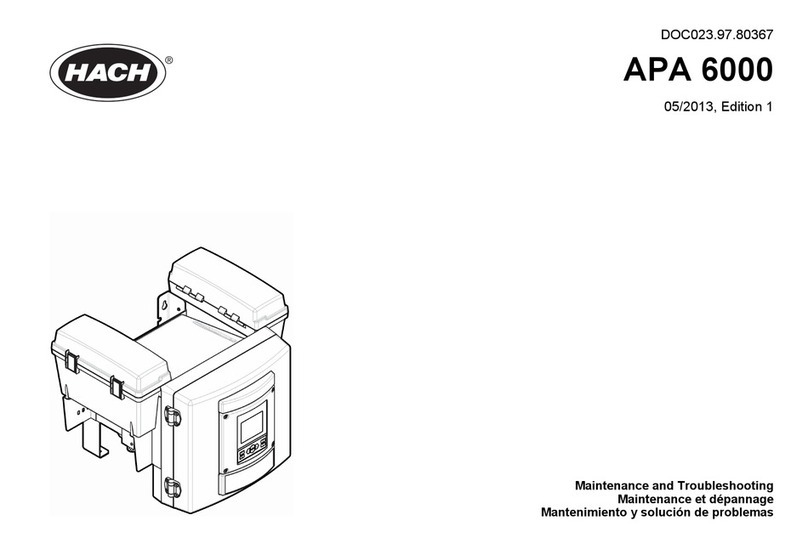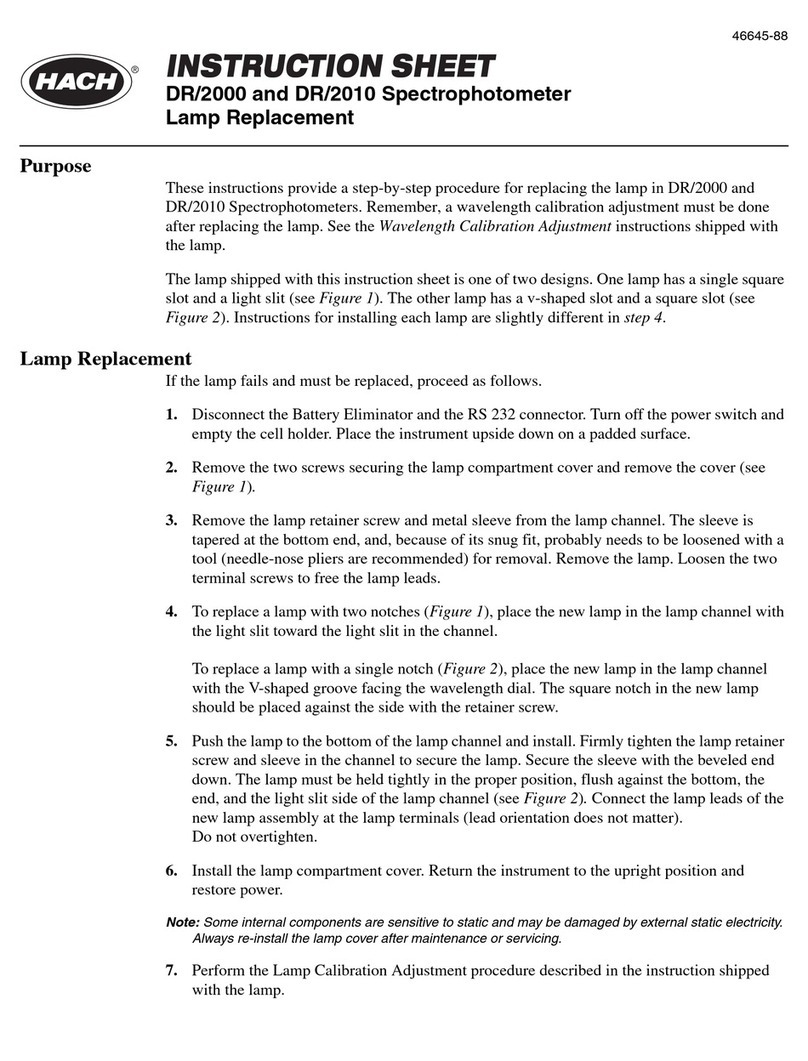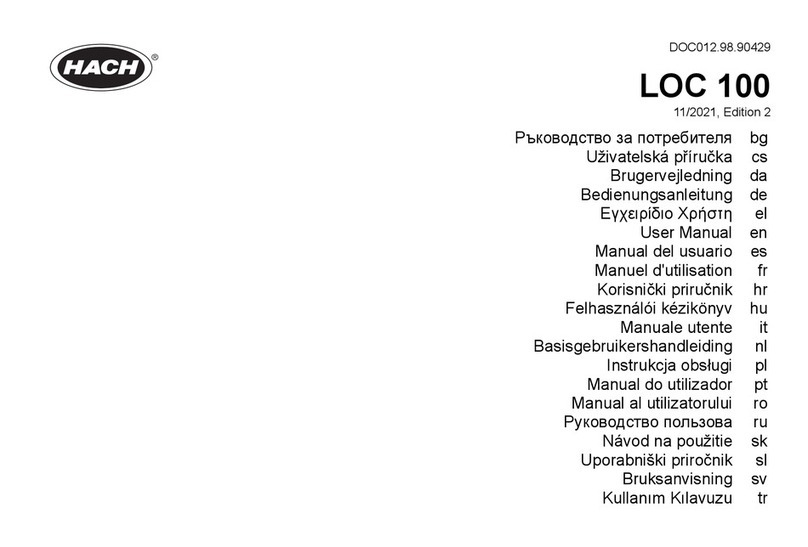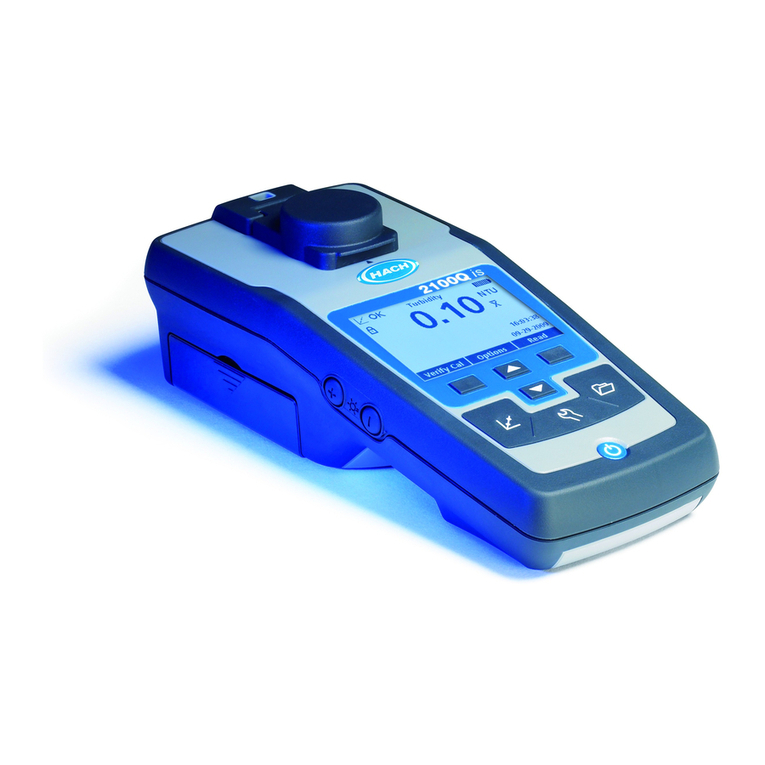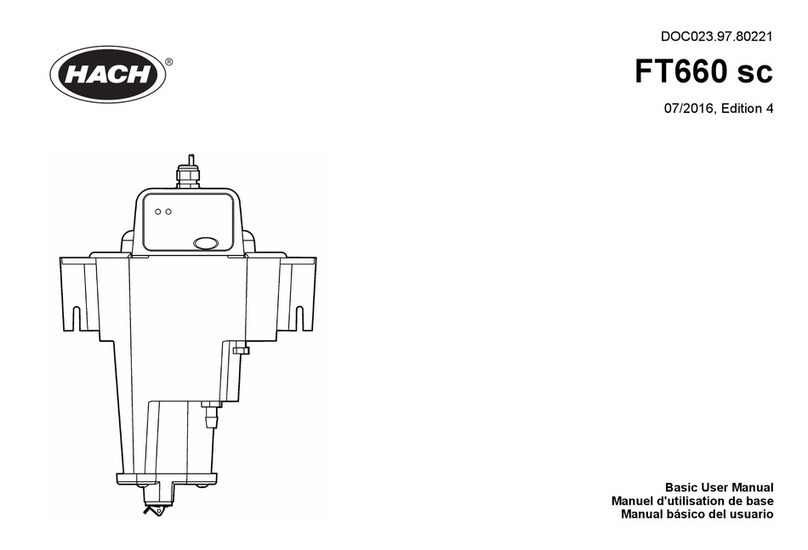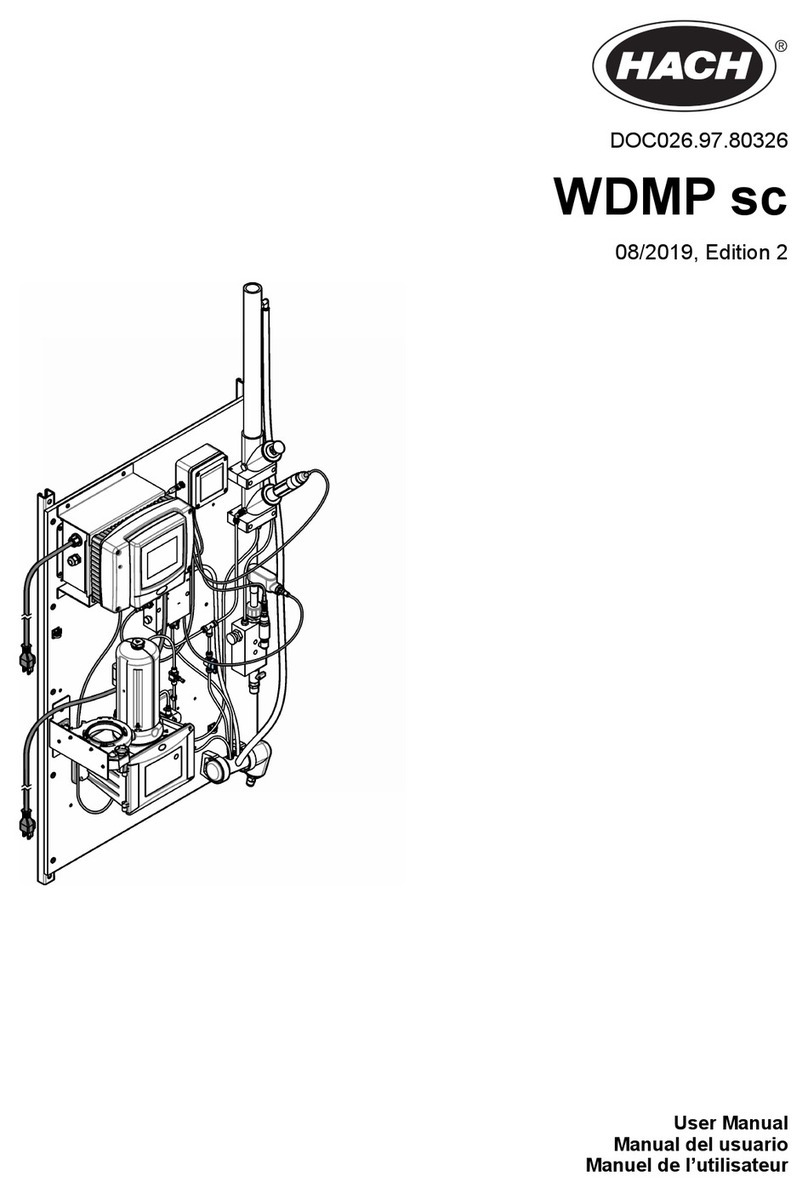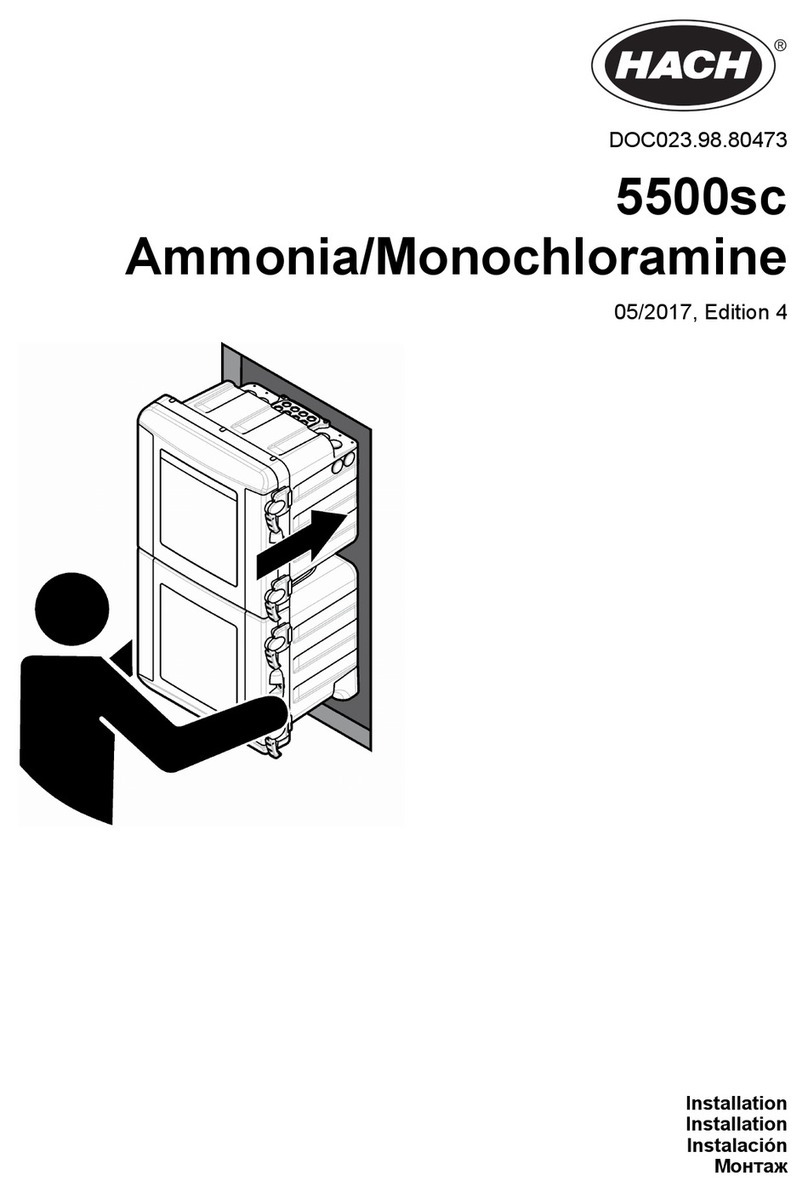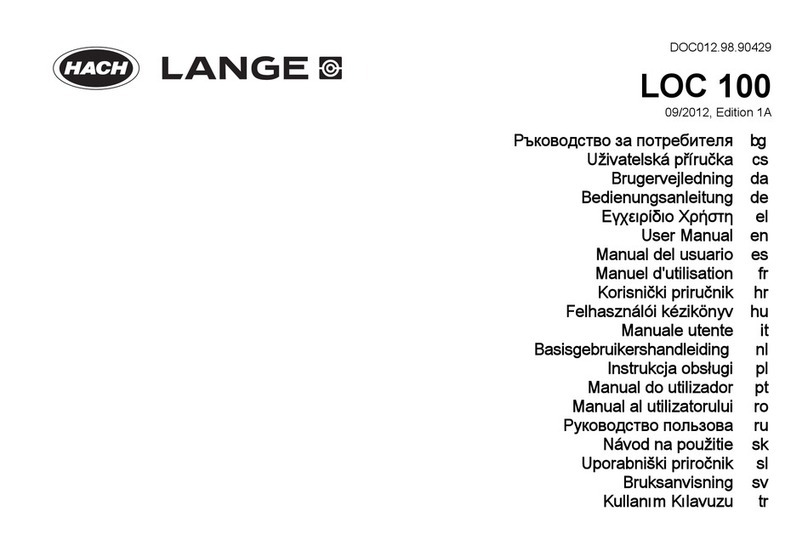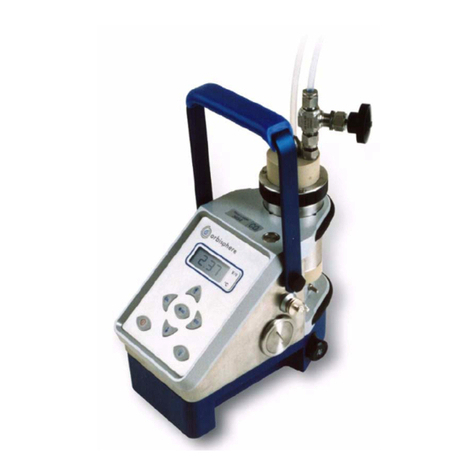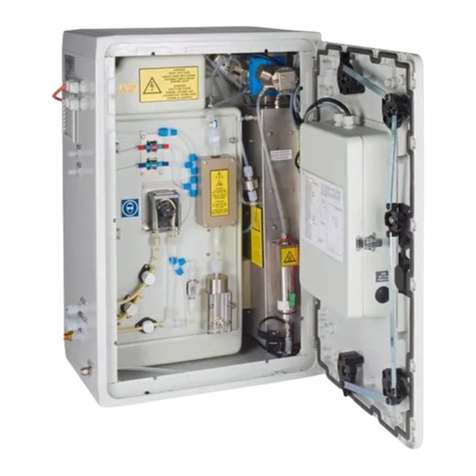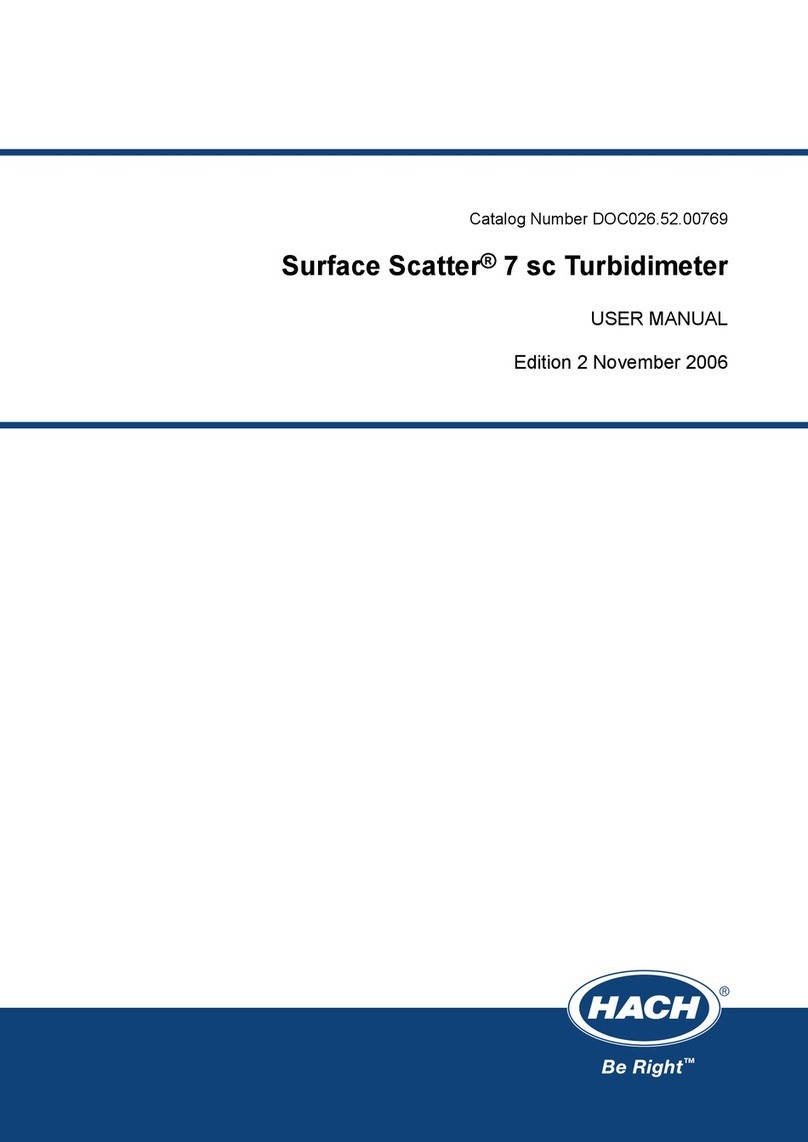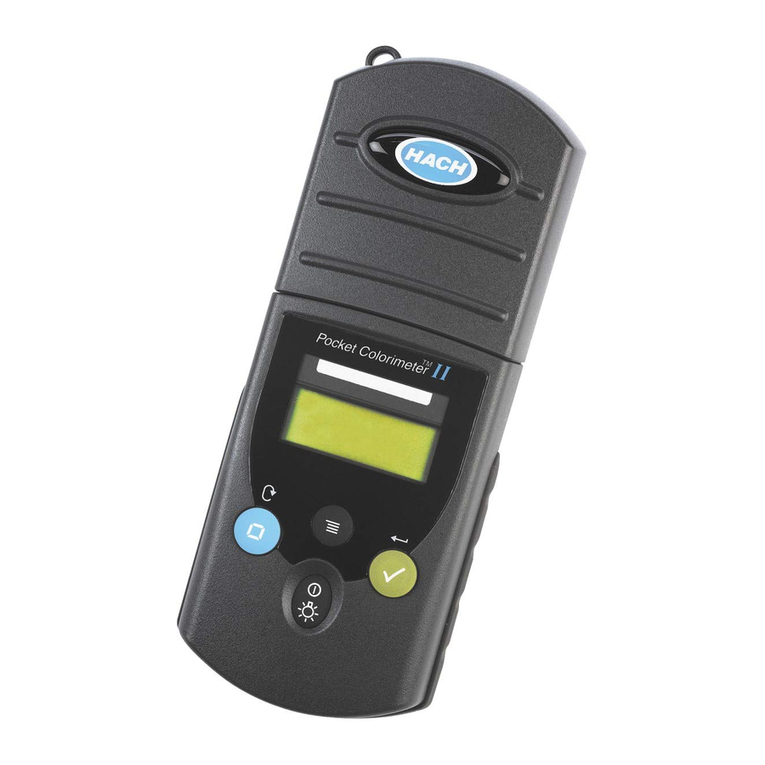
Table of Contents
5940018TOC.fm Page 3
Table of Contents
Safety Information.....................................................................................................................................................7
Specifications .............................................................................................................................................................9
Installation........................................................................................................................................................... 11
Section 1 Getting Started ...........................................................................................................................13
1.1 Unpacking the Instrument............................................................................................................................13
1.2 Operating Environment ................................................................................................................................13
1.3 Cable Connections .........................................................................................................................................13
1.3.1 Power Connections ...............................................................................................................................14
1.3.2 Serial Printer and PC Connections .....................................................................................................14
1.4 Battery Pack ....................................................................................................................................................14
1.5 Using the Instrument Keys...........................................................................................................................15
1.5.1 Turning the Power On and Off ...........................................................................................................15
1.5.2 Turning On the Backlight.....................................................................................................................16
1.5.3 Adjusting the Display Contrast ..........................................................................................................16
1.5.4 Battery Status.........................................................................................................................................16
1.6 Tips for Using the Touch Screen ..................................................................................................................17
1.7 The DR/2400 Portable Spectrophotometer Main Menu ..........................................................................17
1.8 Using the DR/Check™ Absorbance Standards ........................................................................................18
1.8.1 How to Use the Standards ...................................................................................................................18
1.9 Determining Photometric Accuracy............................................................................................................19
Section 2 General Instrument Operation...........................................................................................21
2.1 Selecting a Language .....................................................................................................................................21
2.2 Instrument Setup Menu ................................................................................................................................21
2.2.1 Setting the Time and Date....................................................................................................................21
2.2.2 Setting Sound Preferences....................................................................................................................21
2.3 Using the Alphanumeric Keypad................................................................................................................22
2.3.1 Setting the Operator ID ........................................................................................................................22
2.3.2 Setting the Sample ID ...........................................................................................................................23
2.3.3 Right- or Left-Handed Screen Option................................................................................................23
2.3.4 Communications with a Printer or Computer..................................................................................24
2.4 “Push-to-Read” Display Lock .....................................................................................................................25
2.5 Working with HachLink™ ...........................................................................................................................25
2.6 Sample Cell Adapters....................................................................................................................................26
2.6.1 Installing Sample Cell Adapters .........................................................................................................26
2.7 Inserting and Removing Samples................................................................................................................27
2.8 Using the Optional Pour-Thru Cell.............................................................................................................27
2.9 Assembling the Pour-Thru Cell ...................................................................................................................28
2.10 Installing the Pour-Thru Cell......................................................................................................................29
2.11 Using the Pour-Thru Cell............................................................................................................................29
2.11.1 Cleaning the Pour-Thru Cell..............................................................................................................30
2.12 Using the General-Purpose Timer .............................................................................................................30
Section 3 Hach Programs—Simplified Analysis ...........................................................................33
3.1 Selecting a Hach Program.............................................................................................................................33
3.2 Running a Hach Program .............................................................................................................................33
3.3 Using Program Timers ..................................................................................................................................33
